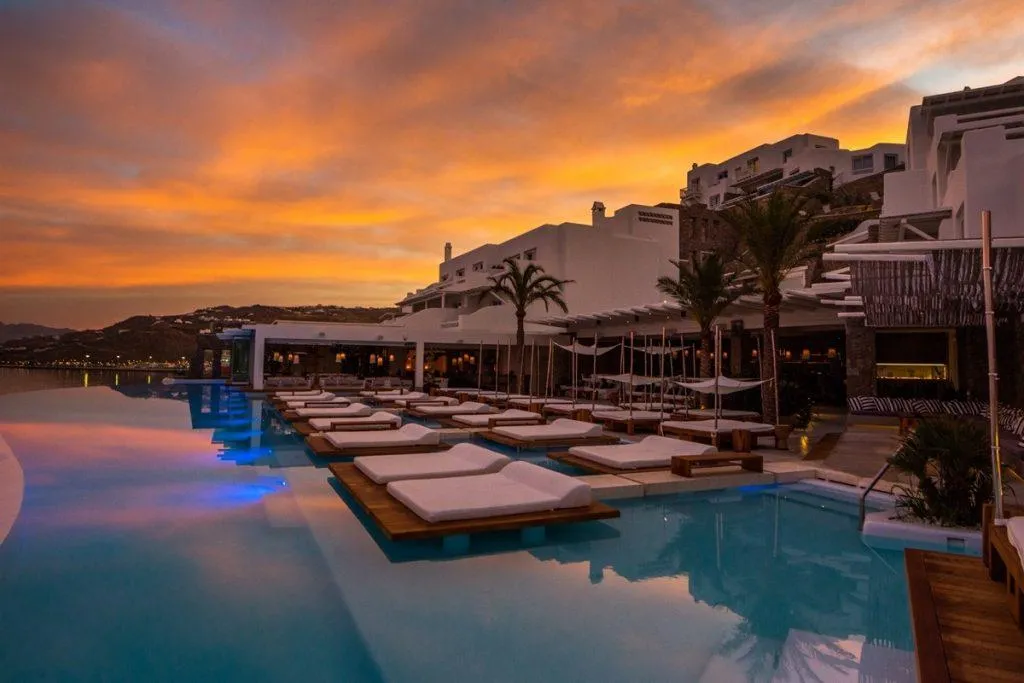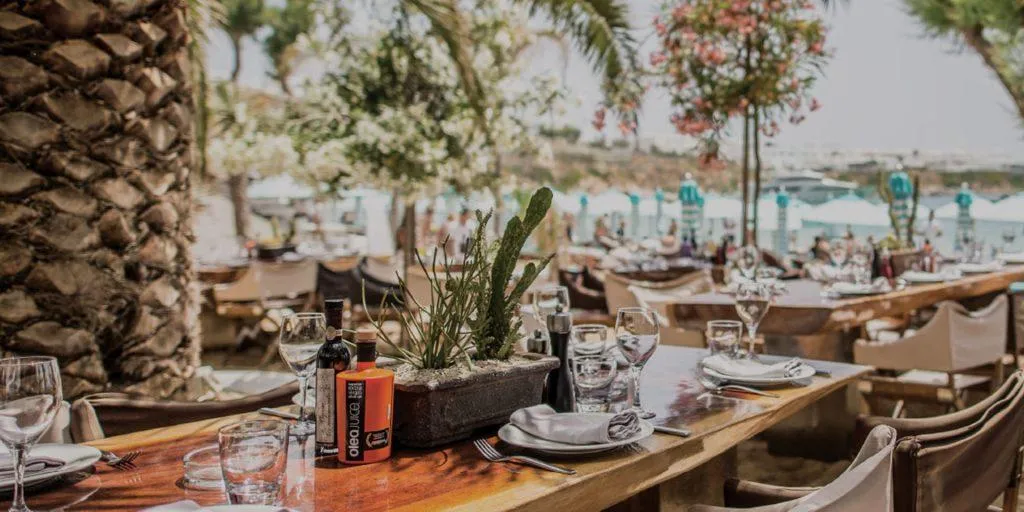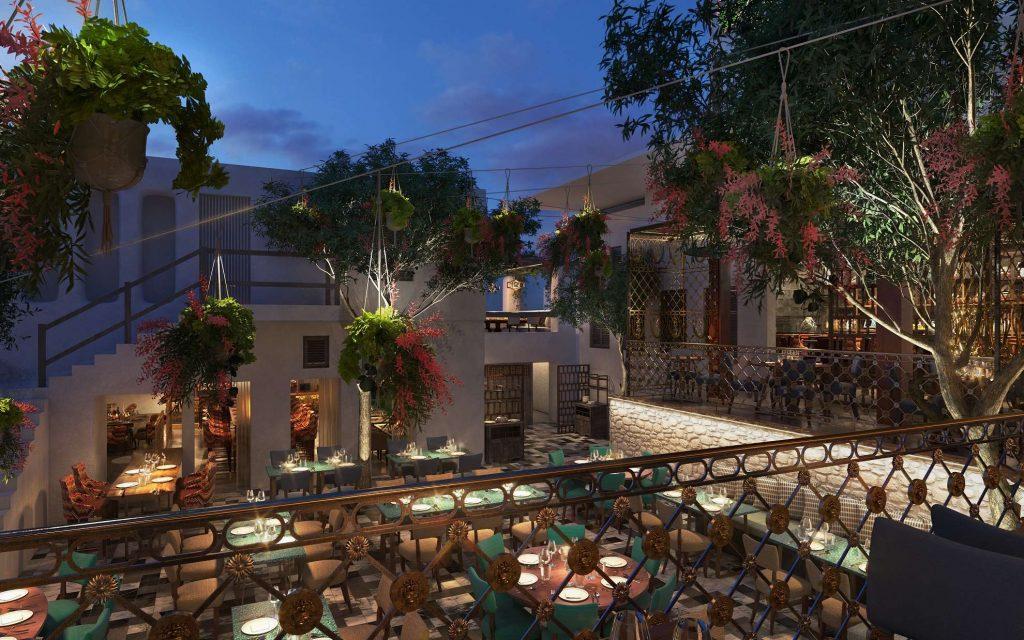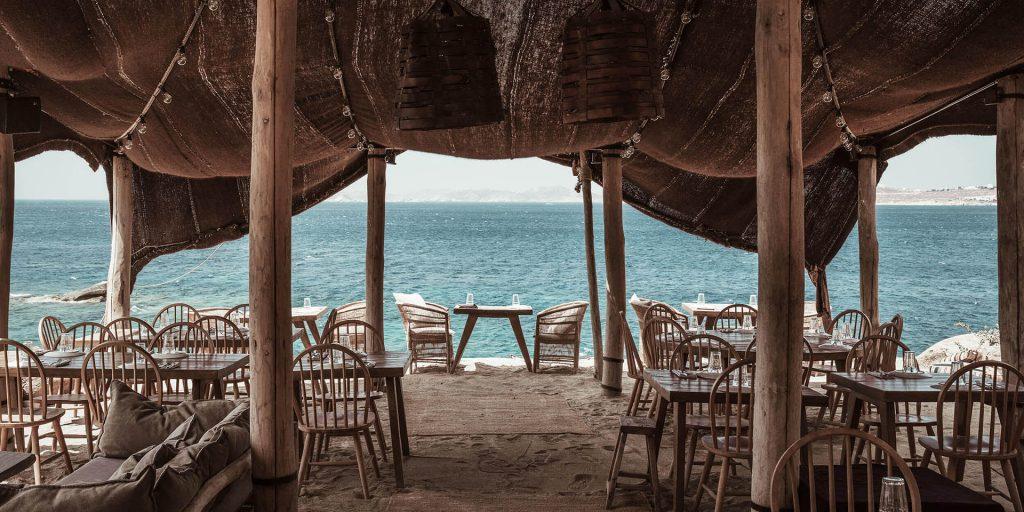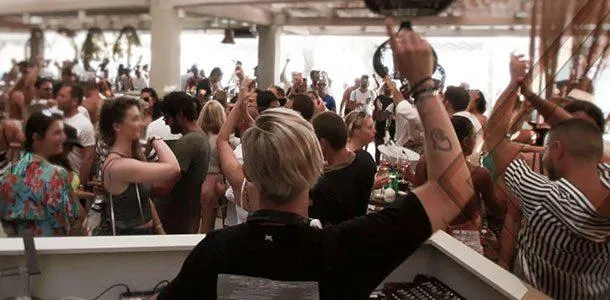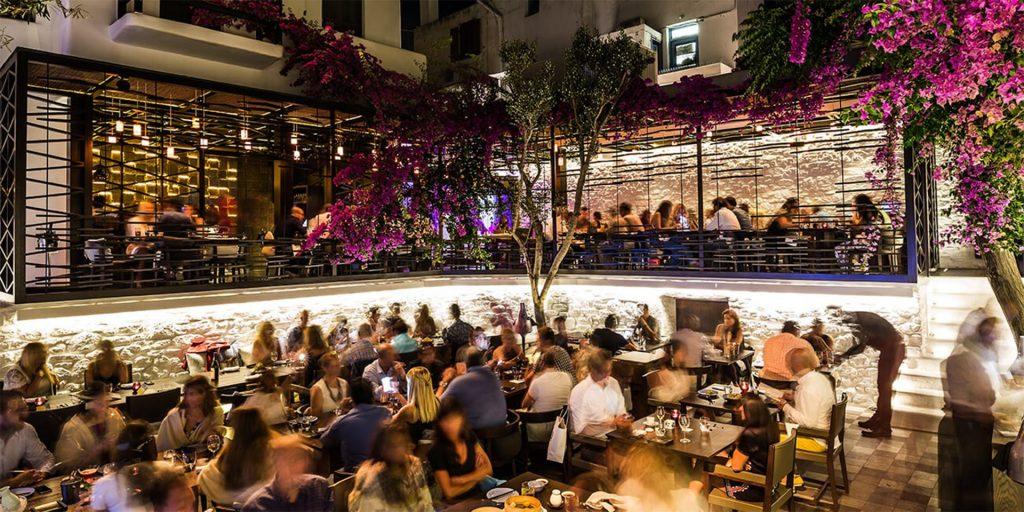Nothing says leisure, indulgence, and tasting journey more than the carefully assembled Japanese experience in the form of Zuma Mykonos restaurant. This unique, pop-up restaurant is something you should consider visiting while you are vacationing on The Island of the Winds.
What Is So Special About Zuma Mykonos?
If you are into fine dining this is one of those must-visit spots. Zuma prides itself on exquisite Japanese cuisine, prepared with the freshest and highest quality ingredients. From sushi and sashimi to robata-grilled dishes and decadent desserts, the menu of this Japanese restaurant offers a diverse range of dishes that cater to every palate. Whether you’re a fan of traditional Japanese cuisine or looking to try something new, the expert Mykonos chefs here will create a culinary masterpiece that is sure to impress.
Not only will you be greeted by excellent service and more than unique food, but you’ll also enjoy a breathtaking view of the seascape and Mykonos sunset. Zuma has a stunning beachfront location, complete with breathtaking views of the Aegean Sea. This creates a truly magical atmosphere. Whether you’re celebrating a special occasion, enjoying a romantic dinner in Mykonos for two, or simply looking for a night out with friends, Zuma provides the perfect backdrop for an unforgettable dining experience.
The Exotic Japanese Menu in Mykonos
Zuma is more than just one of the best restaurants in Mykonos – it’s an experience that combines fine dining with stunning views and exceptional service. The focus is on using only the freshest and highest-quality ingredients to create dishes that are bursting with flavor and creativity. The menu is carefully crafted to offer a wide variety of dishes that cater to every taste and dietary preference. Don’t forget to save room for dessert – their selection of sweet treats is the perfect way to end your meal.
Exceptional Service Is Guaranteed at Zuma
Zuma’s exceptional service is what sets it apart from other restaurants on the island. Their friendly and knowledgeable staff is there to ensure that your dining experience is flawless, from guiding you through the menu to making recommendations on wine pairings. Zuma also features private dining rooms and exclusive event spaces, so it can be a perfect venue for various occasions, from intimate dinners to large-scale events.
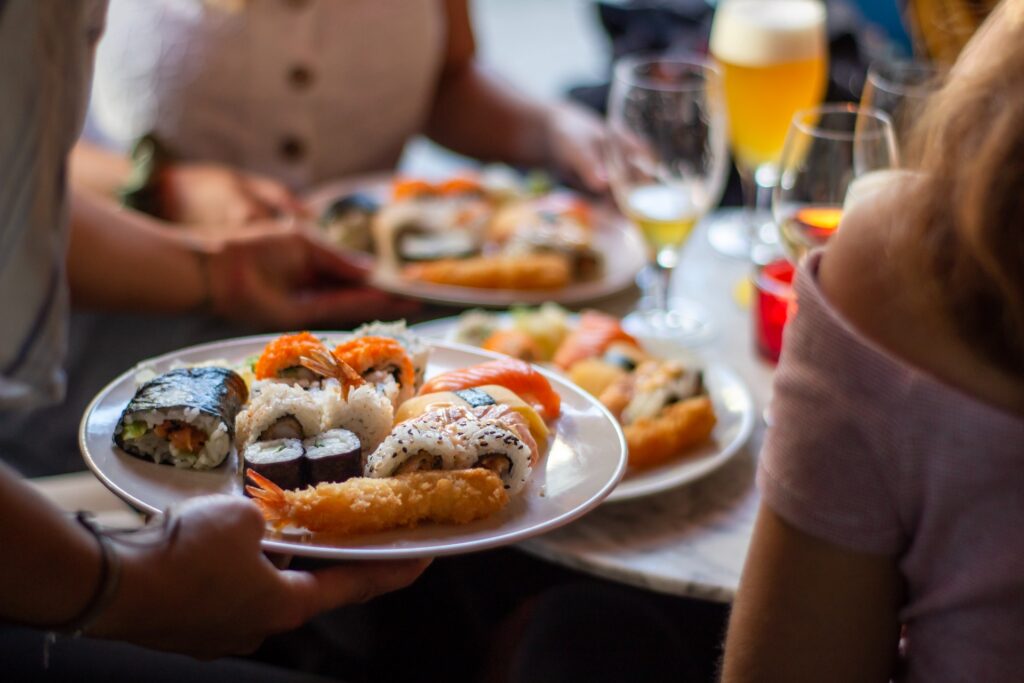
Alfresco Dining Will Be a Part of Your Experience
Alfresco dining is by no means a new concept when it comes to a restaurant or home dining experience. Basically, it means dining in the open, in the fresh air. It is gaining more and more popularity in recent years, so much so that some seasonal restaurants don’t even have an enclosed space.
Since open-space restaurants are very much dependent on the weather, this type of dining is usually reserved for the summer season or – if the climate is mild, like here on Mykonos island – for the better part of the year. A certain atmosphere is closely associated with alfresco dining – dim lights, fresh and breezy air, some pleasant music, and of course, delicious cuisine. The carefully crafted atmosphere and menus will help you experience vibrant Japanese cuisine as you’ve never experienced it before.
Try Exquisite Food From the Robata Grill
Used over centuries in Japan, Robata Grill or Robatayaki has been revamped as a modern cooking style in recent years and it is gaining more and more popularity around the globe. Although it is a type of barbeque grill that uses hot charcoal to prepare food, it differs a bit from your usual Western-style barbecue in its design and food preparation.
In Japan, it is mostly used to prepare seafood and vegetables, but restaurants around the world started using it to prepare all kinds of food, like Wagyu beef for example. This concept brings the customers a unique experience – you get to watch how your food is being prepared. You become more than just a consumer – you are a spectator as well. With Robatayaki, Zuma is gaining more and more popularity among Japanese restaurants in Mykonos.
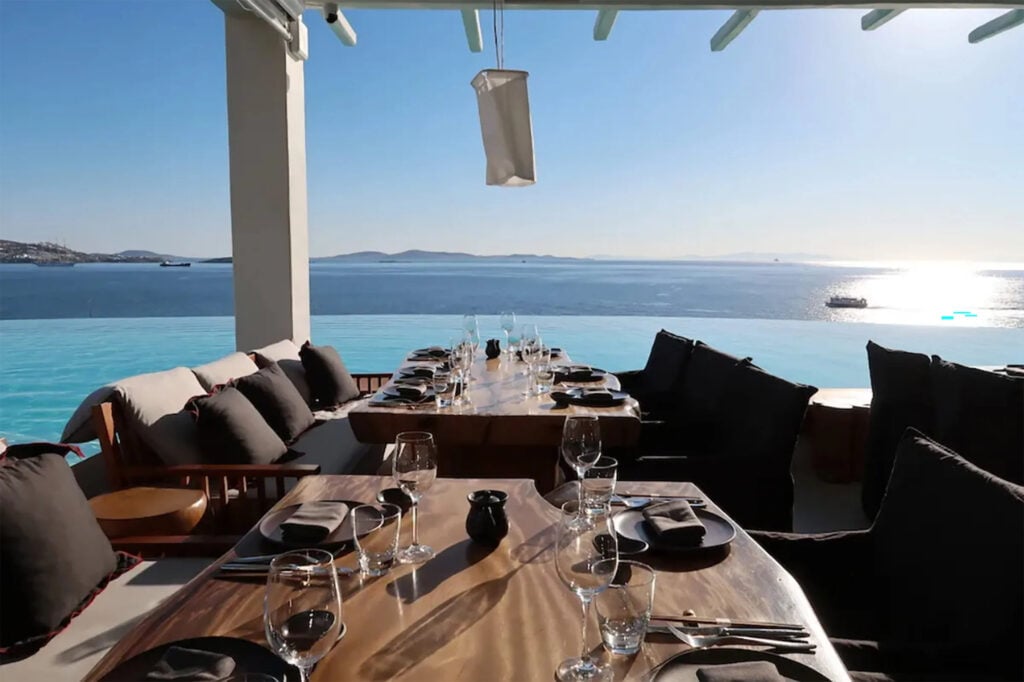
The Stunning Location and View Add to This Restaurant’s Appeal
It’s not just the food and service that make Zuma stand out – it’s the stunning location that takes your breath away. Set on the iconic Psarou Beach, Zuma offers uninterrupted views of the Aegean Sea and the golden sand. Whether you choose to dine inside or on our outdoor terrace, you’ll be treated to a stunning backdrop that will leave a lasting impression.
The outdoor terrace at Zuma is the perfect spot to soak up the sunshine and enjoy the spectacular views while indulging in some of the best Japanese cuisine on the island. Whether you’re enjoying a delicious sushi platter or a refreshing cocktail, the breathtaking views are sure to leave you feeling inspired. As the sun sets over the Aegean Sea, the restaurant transforms into a romantic and intimate setting, perfect for a date night or a special celebration. The warm glow of the restaurant’s lighting combined with the stunning sea views creates a magical and unforgettable experience.
The Restaurant Interior – Traditional With a Contemporary Twist
Zuma’s interior design is inspired by traditional Japanese architecture, with a contemporary twist. The sleek and modern decor creates a relaxed yet chic atmosphere that is perfect for any occasion. The large windows allow guests to enjoy the sea views from the comfort of the indoors, while the soft lighting adds to the cozy ambiance of the space.

